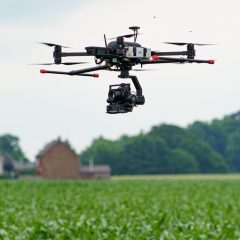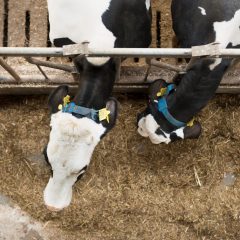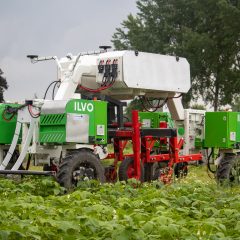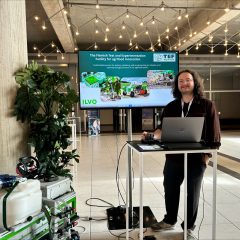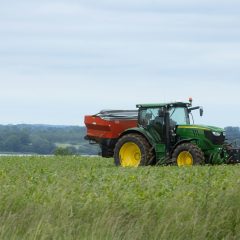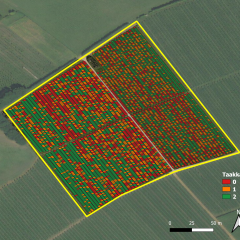Research project Catalyst for Innovative Mechatronics in Agricultural Technology
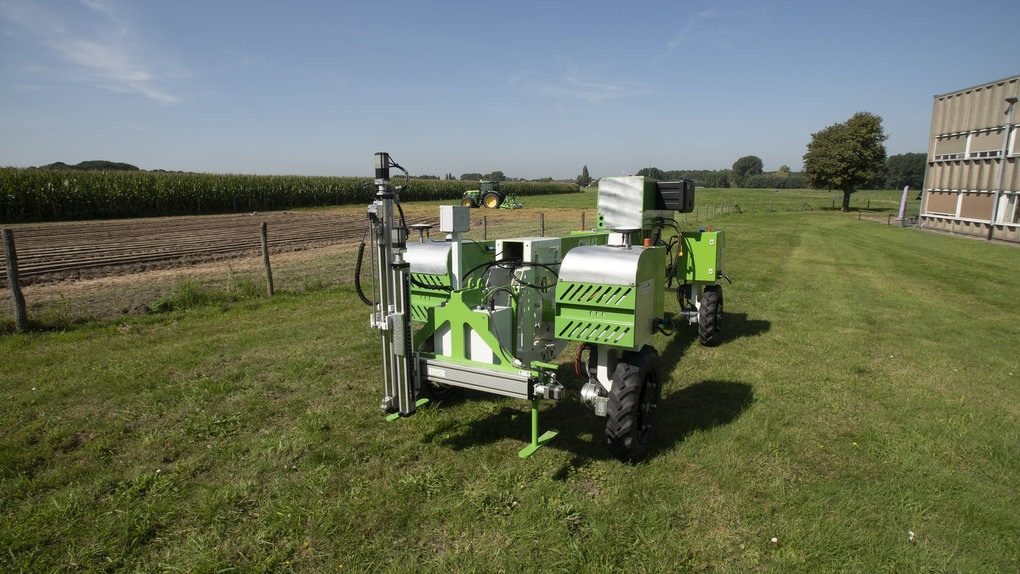
General introduction
Can a multi-purpose, modular, semi-autonomous, electrically powered robotic platform for various agricultural tasks be developed in a feasible and attractive way for small and medium-sized farms striving to adopt more sustainable practices? The action-oriented answer lies in the CIMAT interreg research project. The project potentially generates a paradigm shift with respect to current precision agriculture tools. The dominant assumption is that precision systems are more likely to end up in larger-scale operations. Here, researchers are looking at rescaling to small- to medium-scale operations. CIMAT analyzes how mechatronics and certain underlying innovative techniques can address existing needs in a way that is economically, ecologically and practically implementable for these companies.
Research approach
The approach is co-creative. Together with agricultural practice and mechatronics companies, the developers perform an iterative product development. The project creates a prototype as a demonstrator. The base (carrier) is a more developed, already available autonomous driving system platform. Task-specific tools can be linked to it. Initially, a multifunctional application for mechanical weed control will be investigated. In a subsequent phase, we will also develop a second work implement. The final phase is that the machine as a concept has been implemented, validated and demonstrated to a larger group of the intended (small and medium-sized) stakeholders. From that, we then draw generic conclusions.
Relevance/Valorization
The CIMAT partners hope to show what potential exists in the context of sustainable agriculture, for smart mechanization and electrification that is also economically feasible for small and medium-sized players within agribusiness (both growers and manufacturers). Possible follow-up steps after this project include: a brochure on the implementation of electrical systems in agriculture that compiles knowledge around electrification, a design guide for the target audience on electrical systems in agriculture that shares best practices, theme moments linked to demonstrations, validation through working demonstrators that is documented and aligned with the brochure, a promotional video that highlights feasibility. The project may offer a framework for establishing development or B2B projects.
Financing
Interreg Vlaanderen Nederland

